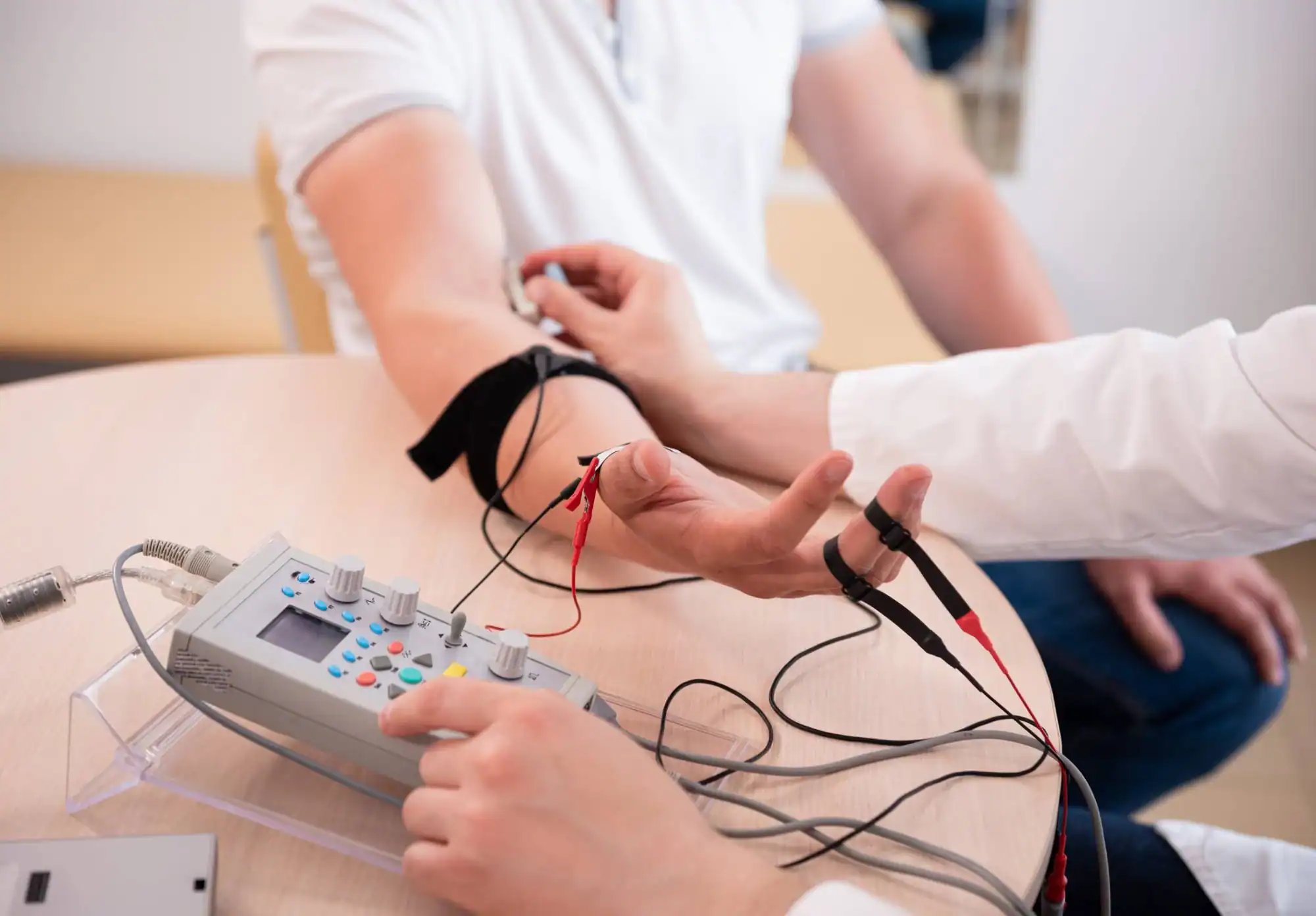Advanced electromyography testing that pinpoints exactly what’s causing your numbness, tingling, or weakness.
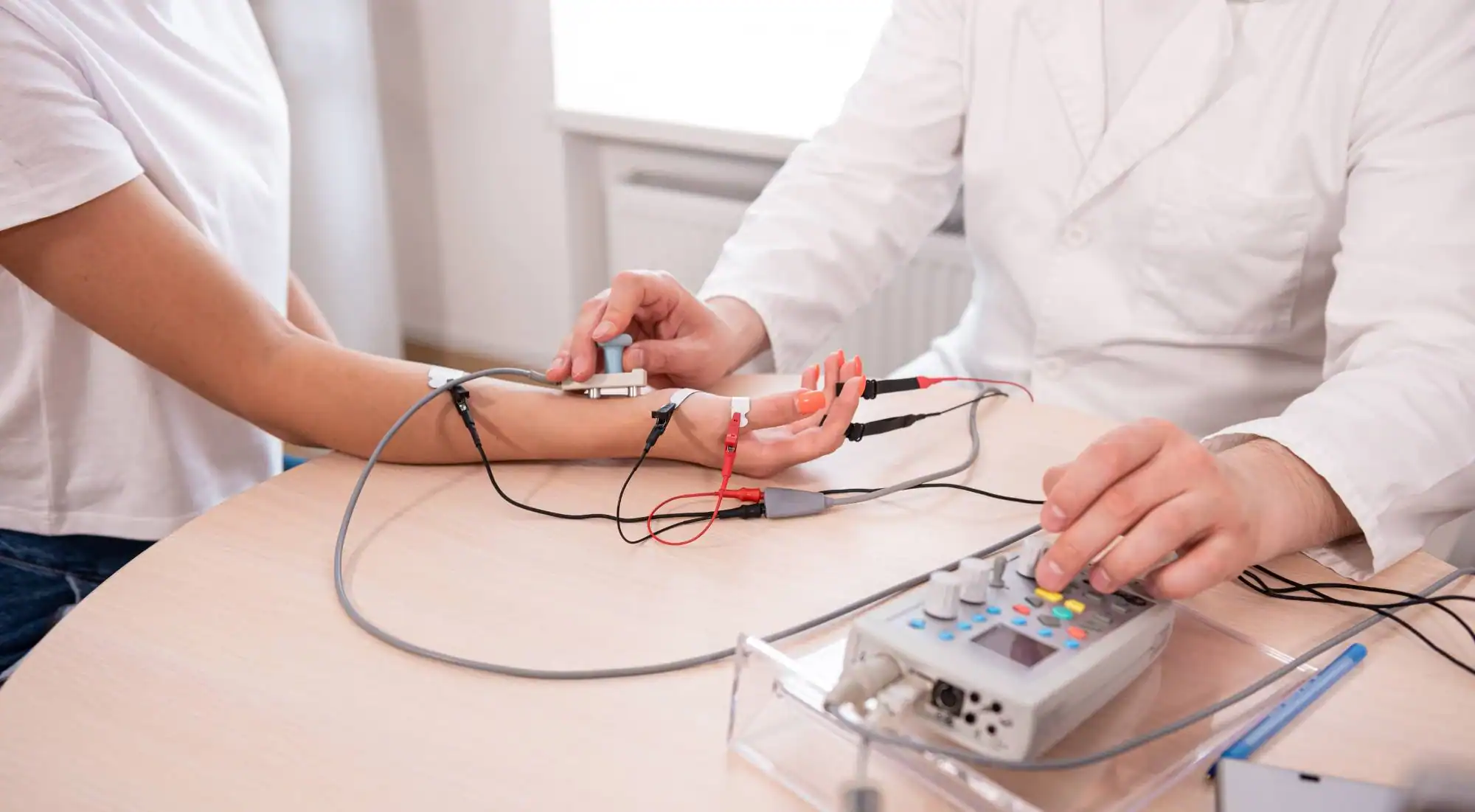
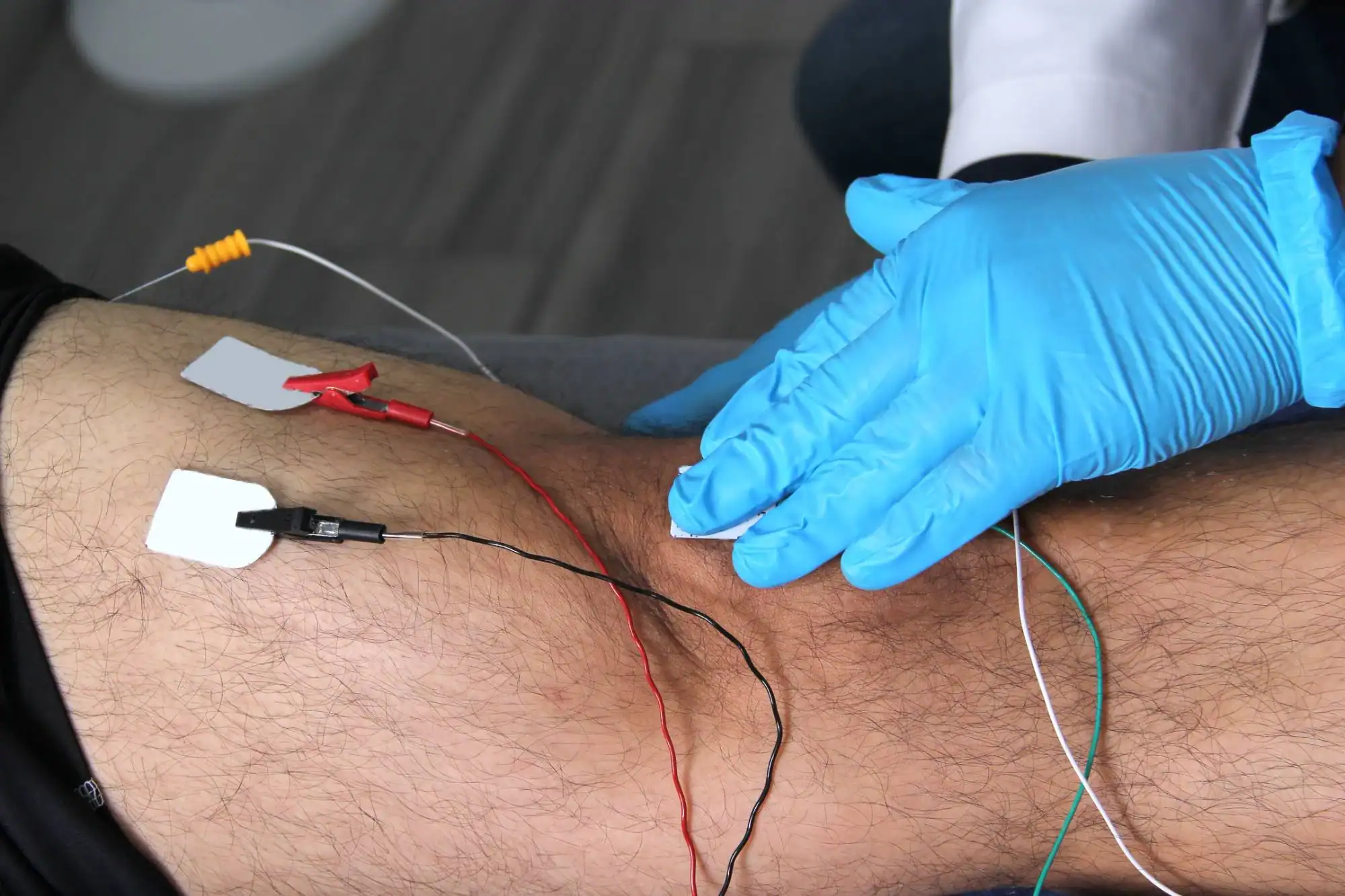
You’ve been dealing with symptoms that doctors can’t quite explain. The numbness in your hands keeps you awake. The tingling in your feet makes walking uncomfortable. The weakness in your arms affects your work.
EMG testing gives you definitive answers. This diagnostic procedure measures the electrical activity in your muscles and nerves, revealing exactly where the problem lies. Whether it’s carpal tunnel syndrome, pinched nerves, diabetic neuropathy, or muscle disorders, you’ll know for certain.
Once you have a clear diagnosis, you can move forward with the right treatment. No more guessing. No more wondering if it’s all in your head. Just real answers that lead to real relief.
NY Spine Medicine has been serving Glen Oaks and the surrounding Long Island communities for years. We specialize in diagnosing and treating complex nerve and spine conditions that other doctors often struggle to identify.
Our team includes board-certified neurologists and pain management specialists who perform hundreds of EMG tests annually. We understand that you need more than just test results—you need someone who can explain what those results mean for your daily life.
Located conveniently in Glen Oaks, we accept most major insurance plans and work directly with your referring physician to ensure continuity of care.
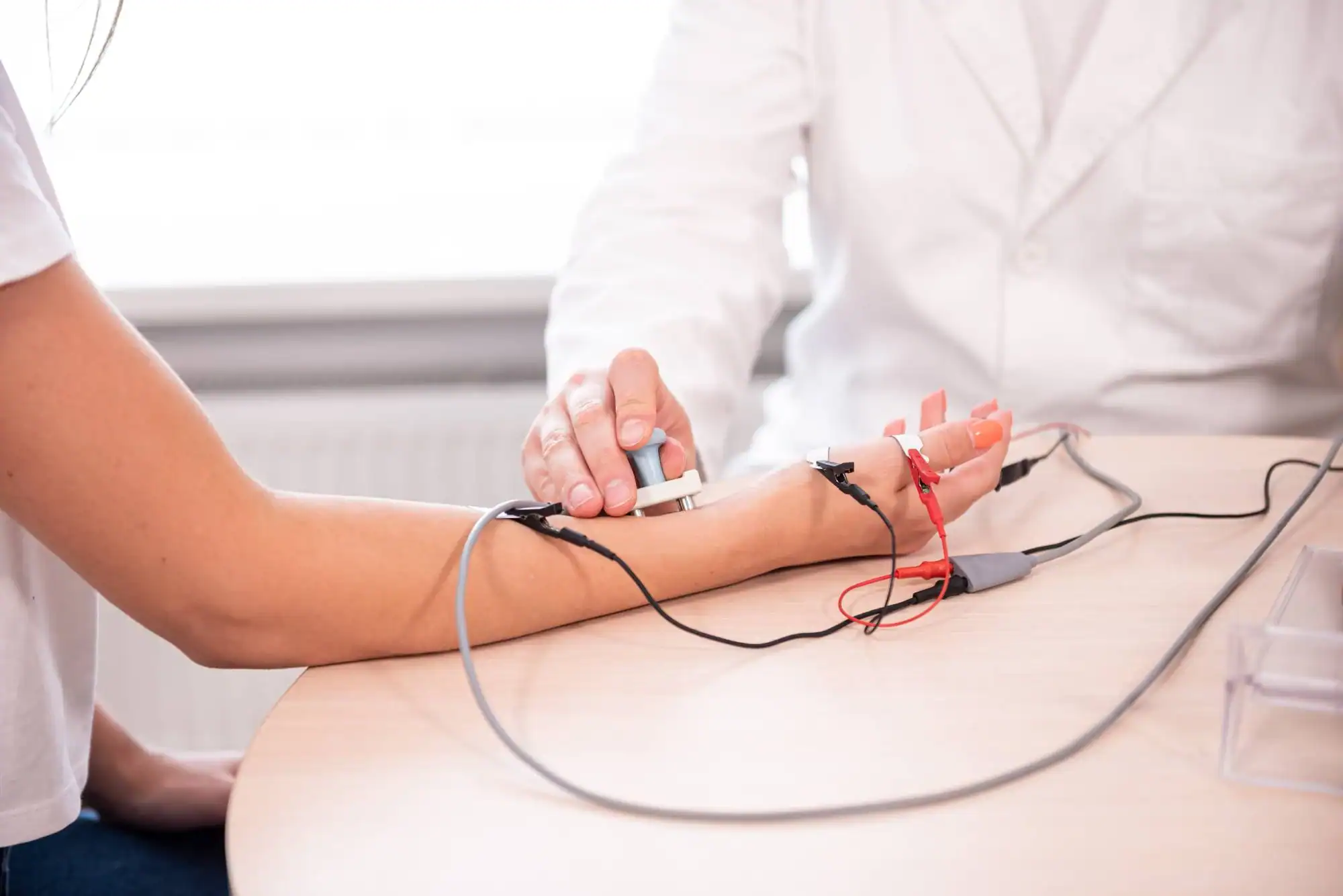
The EMG test happens in two parts. First, the nerve conduction study uses small electrical pulses to measure how well your nerves send signals. You’ll feel brief, mild shocks—uncomfortable but not painful. This part takes about 20-30 minutes.
Next comes the needle EMG, where thin needles are inserted into specific muscles to record their electrical activity. The needles are much thinner than those used for blood draws. You’ll be asked to relax and then gently contract certain muscles while the activity is recorded.
The entire process typically takes 45-60 minutes. Most patients describe it as uncomfortable rather than painful. You can drive yourself home afterward and return to normal activities immediately. Results are usually available the same day, and your doctor will explain exactly what they mean for your condition and treatment options.
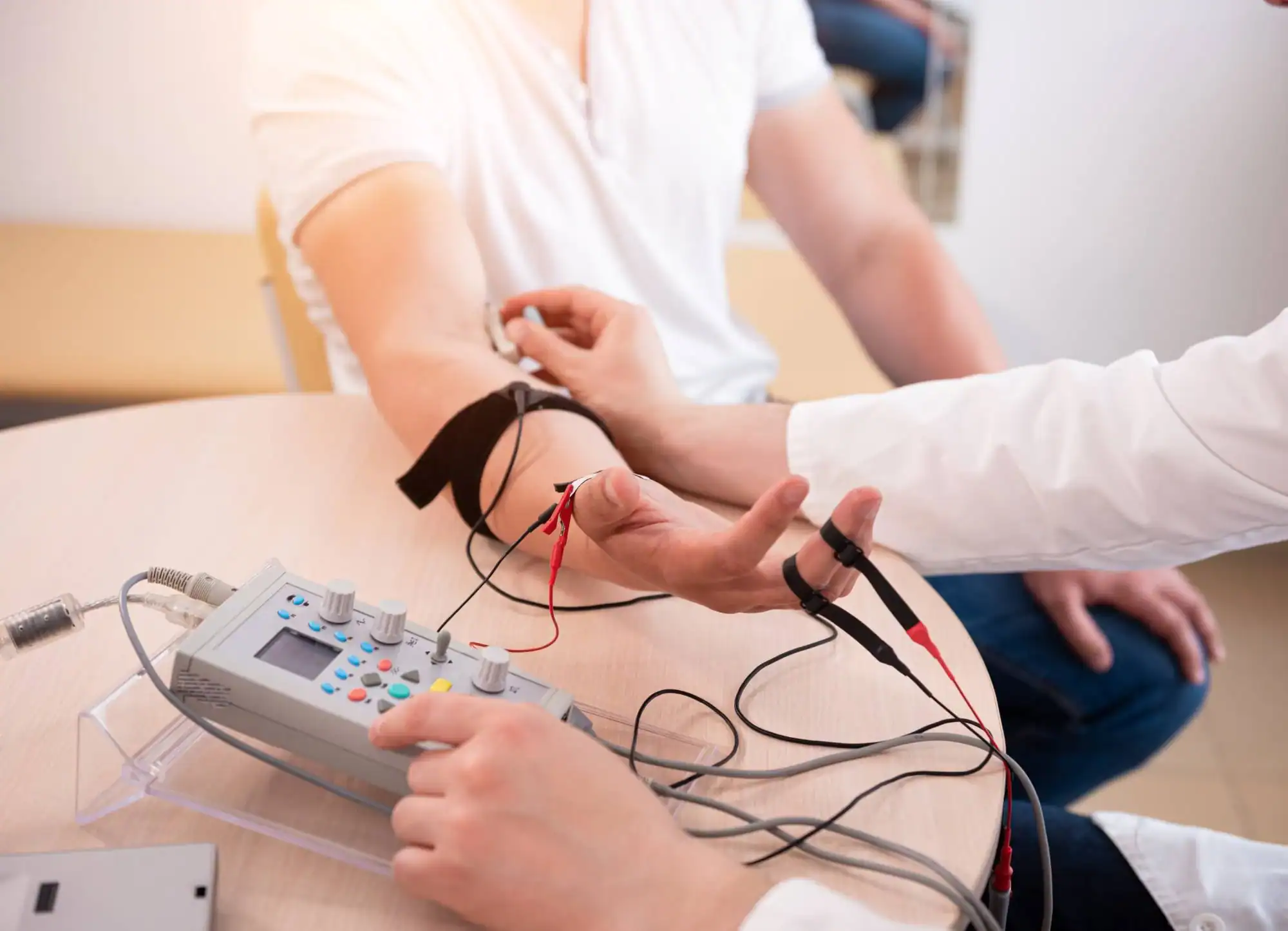
Ready to get started?
Your EMG testing includes both electromyography and nerve conduction studies in one appointment. The comprehensive evaluation covers all suspected areas—whether that’s your hands and wrists for carpal tunnel, your legs for sciatica, or multiple areas for conditions like diabetic neuropathy.
You’ll receive detailed results interpretation, not just raw data. Our specialists explain which nerves or muscles are affected, the severity of any damage, and what this means for your symptoms. We’ll also discuss how these findings fit with your other medical tests and symptoms.
The testing can diagnose conditions like carpal tunnel syndrome, ulnar neuropathy, radiculopathy, peripheral neuropathy, myopathy, and various muscle disorders. Most insurance plans cover EMG testing when medically necessary, and our office handles prior authorization requirements when needed.
